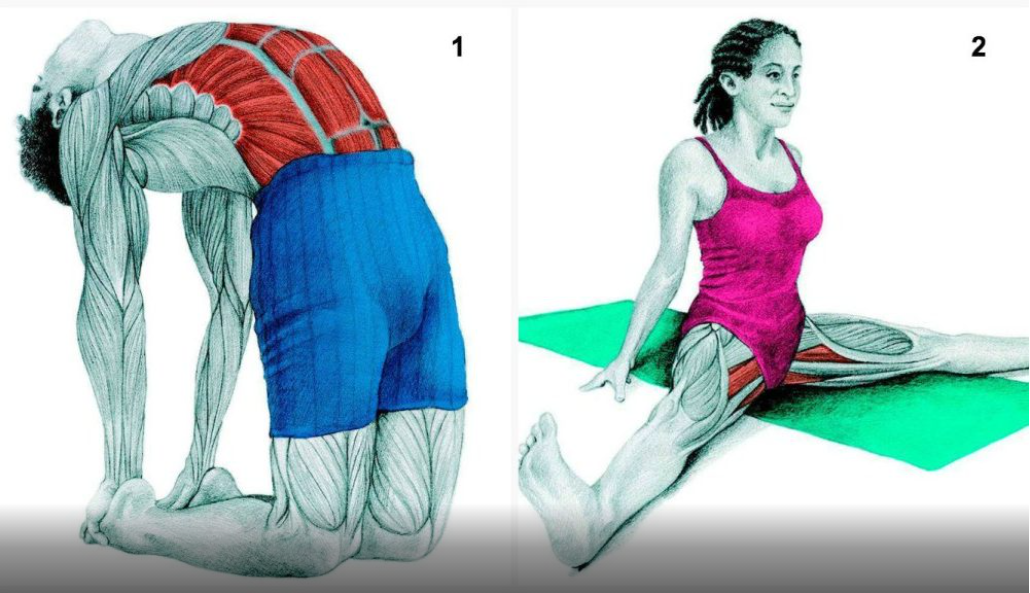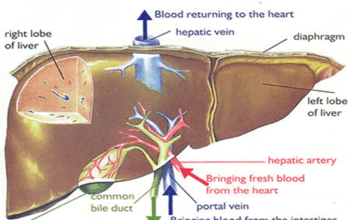Engaging in regular stretching exercises is crucial for athletes and fitness enthusiasts looking to prevent injuries and reduce pain. Understanding the right techniques and approaches can significantly improve muscle flexibility, joint mobility, and overall physical performance.
Types of Stretching Exercises
Dynamic Stretching: Movement-Based Flexibility
Dynamic stretching involves active movements that take muscles and joints through their full range of motion. Unlike static stretches, these exercises actively prepare the body for physical activity by increasing blood flow and warming up muscle groups. Examples include walking lunges, arm circles, and carioca drills.
Research indicates that dynamic stretching can:
- Improve overall range of motion
- Enhance blood and oxygen circulation
- Activate muscle-tendon units before intense physical activity
Static Stretching: Holding and Lengthening
Static stretching focuses on holding a specific position to elongate muscles. Experts recommend maintaining these stretches for 15-30 seconds without pushing to the point of pain. Common static stretches include hamstring stretches, quad stretches, and shoulder stretches.
Injury Prevention Through Strategic Stretching
Stretching plays a critical role in preventing sports-related injuries by improving muscle-tendon compliance and preparing the body for physical stress. Studies have shown that athletes who incorporate comprehensive stretching routines experience fewer overuse injuries compared to those who do not.
Understanding Muscle-Tendon Dynamics
The muscle-tendon unit responds to stretching through complex biomechanical processes. By regularly engaging in proper stretching techniques, athletes can:
- Increase muscle elasticity
- Improve joint mobility
- Reduce the risk of muscle strains
Best Practices for Effective Stretching
Timing Matters
Professional athletes and trainers emphasize the importance of when to stretch. Post-workout stretching is particularly beneficial for muscle recovery and reducing potential soreness. However, light dynamic stretching before exercise can also prepare the body for upcoming physical activity.
Proper Stretching Techniques
To maximize benefits and minimize injury risk, avoid these common stretching mistakes:
- Never bounce or use ballistic movements during stretches
- Stop if you experience sharp or intense pain
- Breathe consistently and maintain proper form
Sport-Specific Stretching Strategies
Different sports require unique stretching approaches. For instance, triathletes might focus on stretches that target multiple muscle groups, while soccer players might emphasize leg and hip flexibility. Tailoring your stretching routine to your specific athletic needs can dramatically improve performance and reduce injury risk.
Focus on Key Muscle Groups
Pay special attention to commonly stressed muscle groups like:
- Hamstrings
- Quadriceps
- Levator scapulae
- Calves
Conclusion
Incorporating a thoughtful, consistent stretching routine can be transformative for athletes and fitness enthusiasts. By understanding different stretching techniques, practicing proper form, and listening to your body, you can significantly reduce injury risk and enhance overall physical performance.
Remember, stretching is not a one-size-fits-all approach. Consult with physical therapists or professional trainers to develop a stretching routine tailored to your specific needs and fitness goals.






